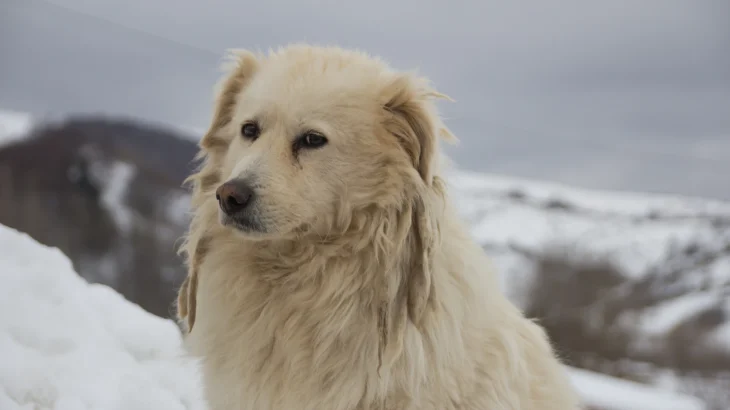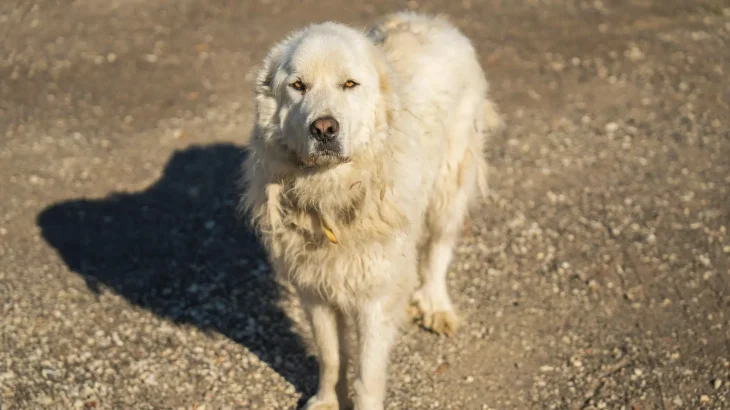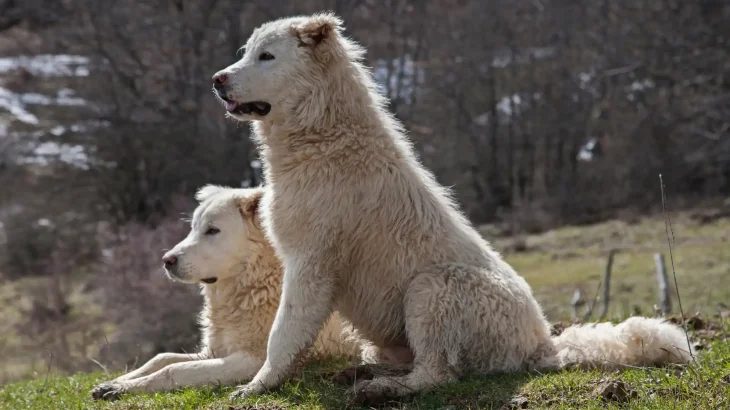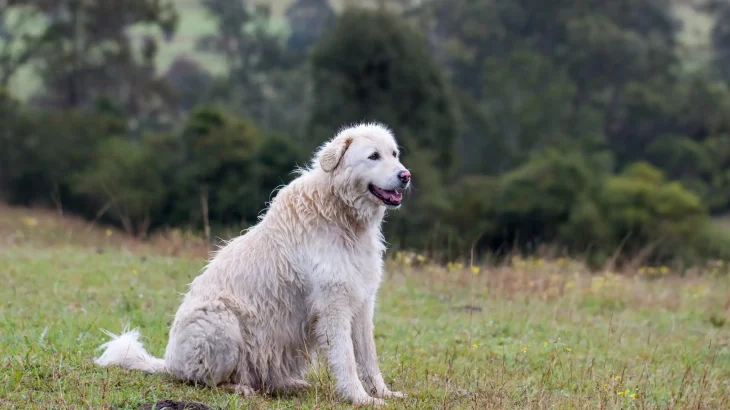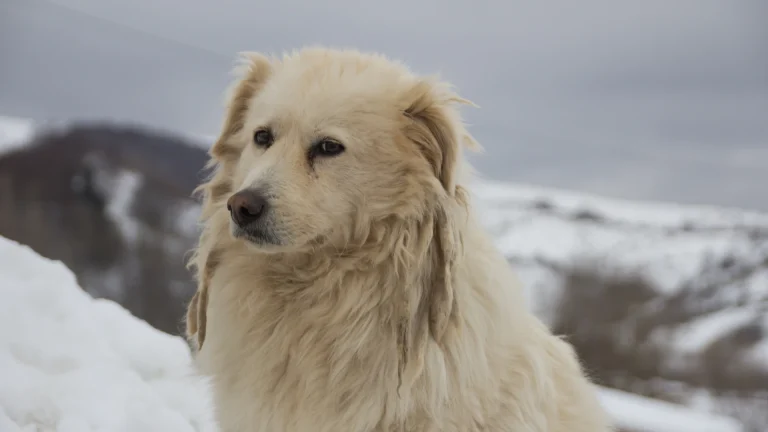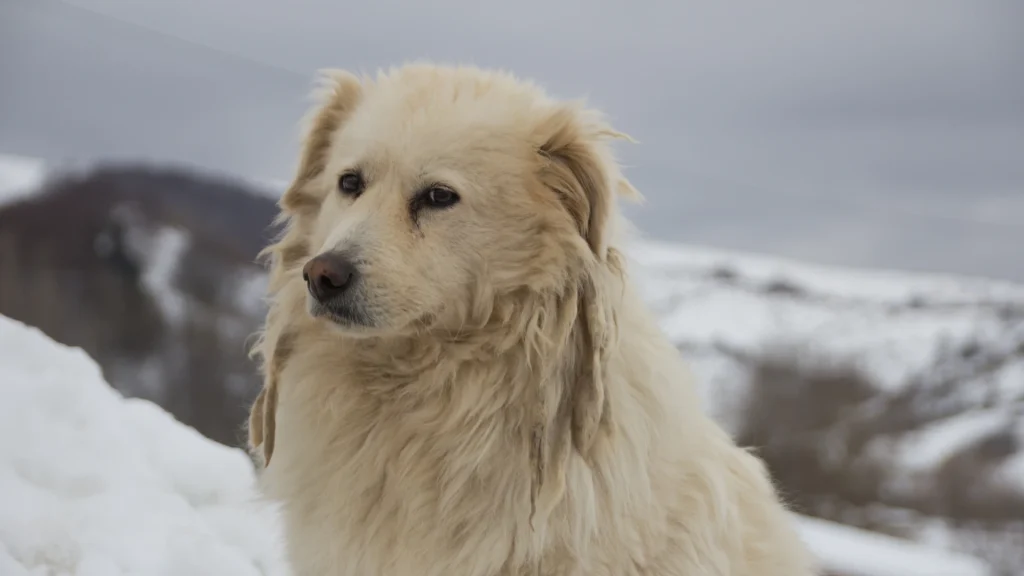When deciding between adopting or buying a Maremma Sheepdog puppy, the choice revolves around factors such as health transparency, cost, and ethical considerations. Purchasing from a breeder may offer detailed information about the puppy's lineage and health, while adoption can provide a loving home to a dog in need, sometimes with less predictability about background.
| Criteria | Buying from Breeder | Adopting from Shelter/Rescue |
|---|---|---|
| Cost | Higher initial cost due to purebred status and breeder standards. | Lower fees, often more affordable, supporting animal welfare. |
| Health History | Thorough health screening and pedigree information usually provided. | Health history may be limited or unknown; basic vet checks performed. |
| Age Availability | Primarily puppies, allowing early bonding and training. | All ages available, including adults and seniors. |
| Temperament Insight | Breeders can share detailed lineage temperaments and traits. | Behavior observation available, but background temperament less certain. |
| Supporting Practices | Supports responsible breeding programs when chosen with care. | Supports rescue efforts and reduces shelter overcrowding. |
| Ethical Considerations | Risk of supporting unethical breeding if not careful; must research breeders. | Gives a dog a second chance, often seen as a more ethical option overall. |

